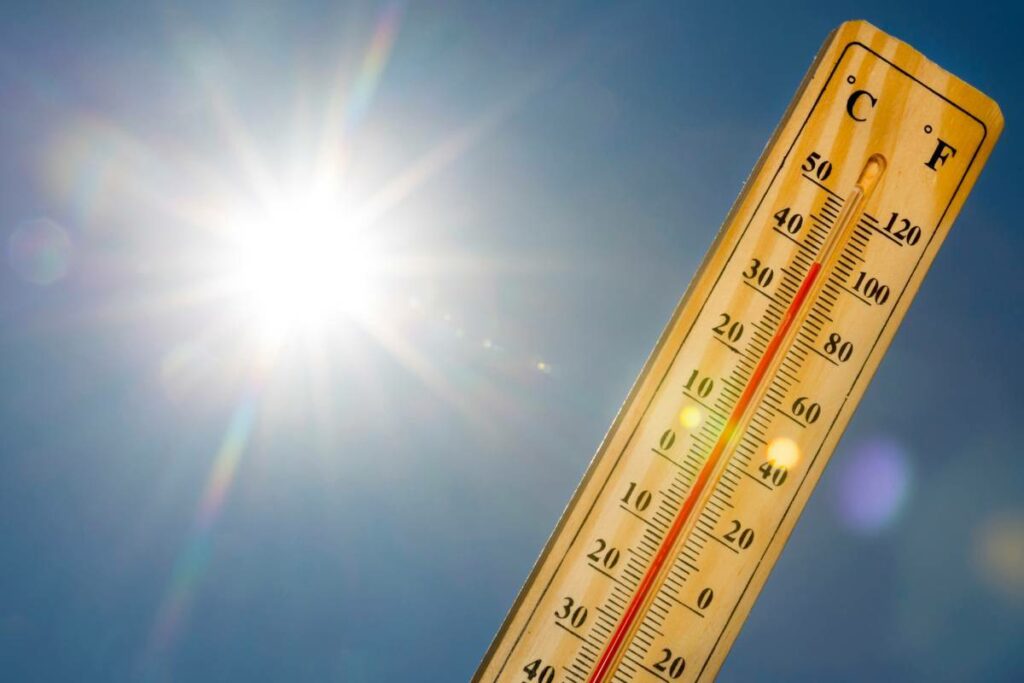One of the main building blocks of extreme weather is so-called “Atmospheric Blocking”. When a block forms, the weather gets stalled and builds in intensity, whether it’s heat, cold, drought or precipitation, until the system finally breaks up and disperses. With so much focus on the drivers of extreme weather, we thought we’d look at what settled science has to say about atmospheric blocking which we find in the new IPCC report, in Section 8.3.2.7. It begins: “Atmospheric blocking refers to persistent, semi-stationary weather patterns characterized by a high-pressure (anticyclonic) anomaly that interrupts the westerly flow in the mid-latitudes of both hemispheres. By redirecting the pathways of mid-latitude cyclones, blocking can affect the water cycle and lead to negative precipitation anomalies in the region of the blocking anticyclone and positive anomalies in the surrounding areas (--). In this way, blocking can also be associated with extreme events such as heavy precipitation (--), drought (--) and heatwaves (--). AR5 reported low confidence in global-scale changes in blocking, due to methodological differences between studies. Currently no consensus exists on observed trends in blocking during 1979-2013.”
(--) identified increasing trends in anticyclonic circulation regimes based on geopotential height fields in the mid troposphere, which may be partly related to the tropospheric warming itself and thus not represent real changes in the statistics of weather (--). Hanna et al. (2018) and (--) reported a significant increase in the frequency of summertime blocking over Greenland. A weakening of the zonal wind, eddy kinetic energy and amplitude of Rossby waves in summer in the Northern Hemisphere (--) and an increased ‘waviness’ of the jet stream associated with Arctic warming (--) have also been identified, which may be linked to increased blocking.
In contrast, it has been shown that observed trends in blocking are sensitive the choice of the blocking index, and that there is a large internal variability that complicates the detection of forced trends (--), compromising the attribution of any observed changes in blocking. Many climate models still underestimate the occurrence of blocking, at least in winter over northeastern Atlantic and Europe (--), which leads to caution in the interpretation of their results for these regions. However, over the Pacific Ocean there have been large improvements in the simulation of blocking for the last 20 years (--). In the Southern Hemisphere, increases in blocking frequency have occurred in the South Atlantic in austral summer (--) and in the southern Indian Ocean in austral spring (--). A reduced blocking frequency has been found over the southwestern Pacific in austral spring (--) (see also sections 2.3.1.4.3 and 3.4.1.3.3).
In summary, no robust trend in atmospheric blocking has been detected in modern reanalyses and in CMIP6 historical simulations (medium confidence). The lack of trend is explained by strong internal variability and/or the competing effects of low-level Arctic amplification and upper-level tropical amplification of the equator-to-pole temperature gradient (medium confidence).



Hello;
I'm new to your site and a phrase that is mentioned troubles me; “Atmospheric Blocking” and you describe it as a cloud formation that stalls out.
Could this be man made? Geoengineering?